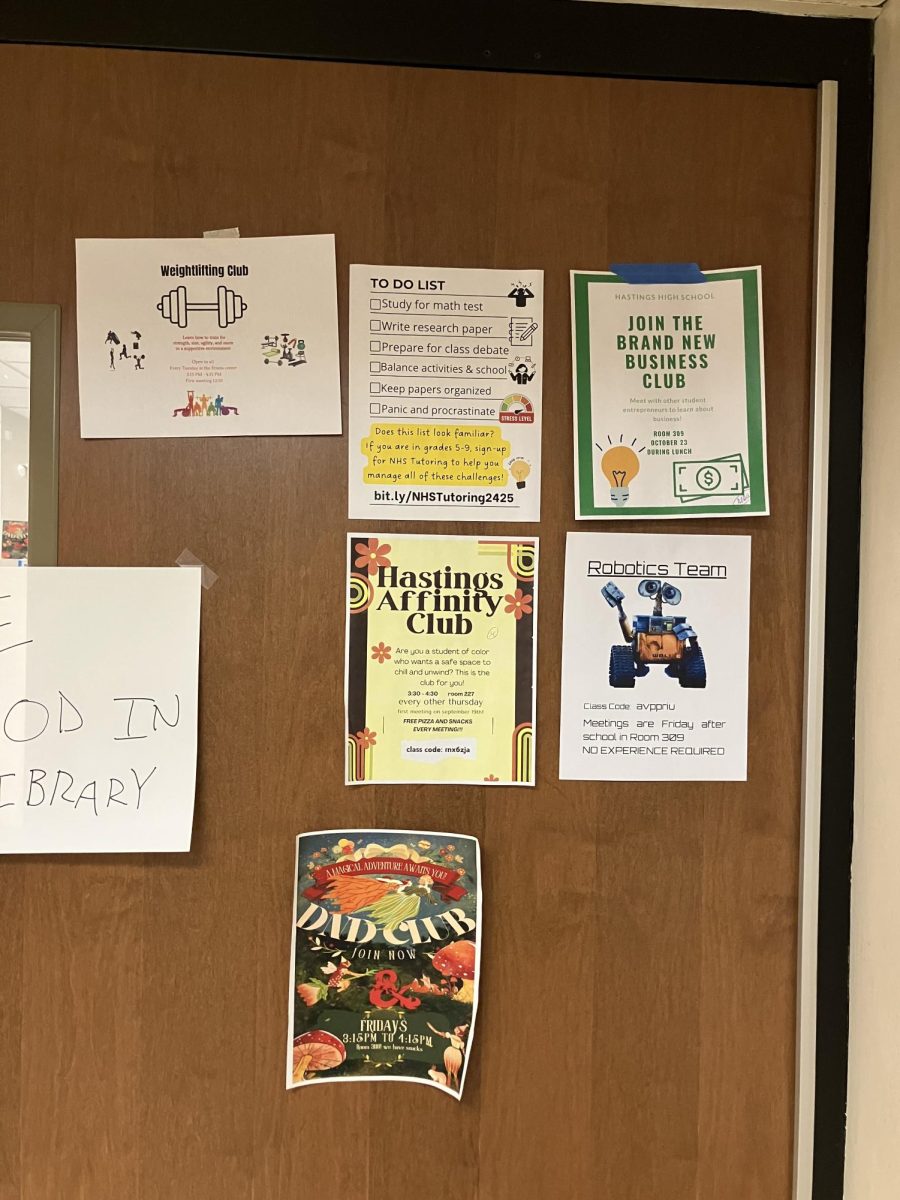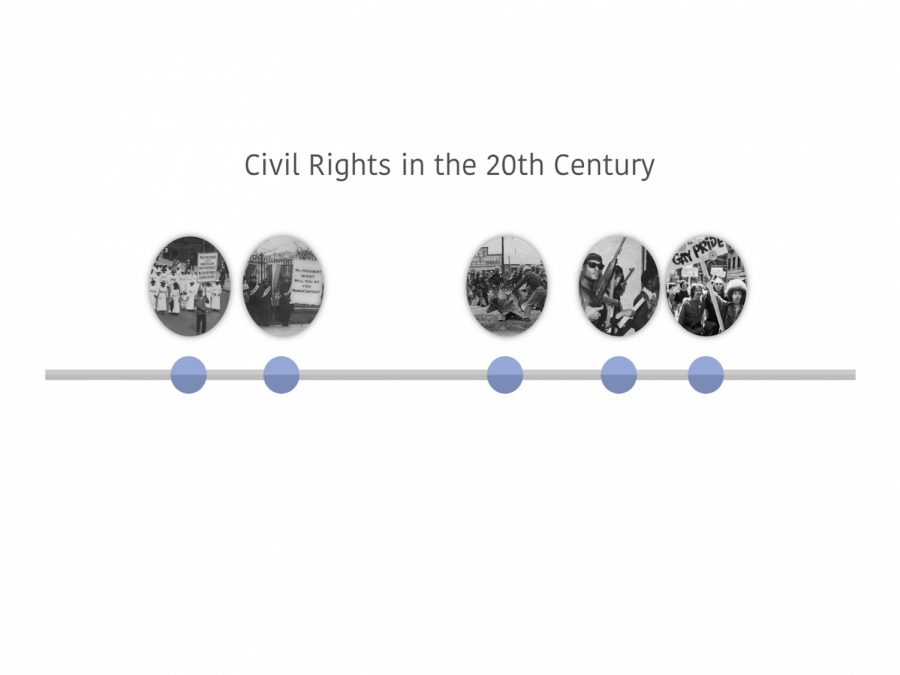Civil Rights in 20th century
February 10, 2021
The 1900s were an incredibly influential time for civil rights activism in America. From organizations like the NAACP (est. 1909) and the Black Panther Party (est. 1966) fighting for the rights of people of color in this country, to the Women’s Trade Union League of New York (est. 1903) bringing about the rise of women’s suffrage, the 20th century was a time of great strides in civil rights and protests for historically oppressed people in America. This article will highlight five incredible acts of bravery from people and organizations in the United States that fought for the equality and civil rights of those who have (and often continue to be) systematically persecuted and oppressed in this country.
1. 1917 – NAACP Silent Protest Parade
The early 1900s were an especially bloody time for people of color in the United States, with more than 60 lynchings of Black Americans in the year 1912 alone. Multiple race riots resulted in the deaths of countless black people, and law enforcement only worsened the issue, often taking the side of the white instigators. In 1917, The National Association for the Advancement of Colored People (NAACP) organized a silent protest in response to a recent riot taking place in east St. Louis, Illinois that left 40 dead, several hundred hurt, and thousands displaced from their homes. It is often considered the first major civil rights demonstration of the 20th Century, with almost 10,000 Black Americans participating.
2. 1919 – The 19th Amendment is Signed
1919 marks the historic signing of the 19th amendment, which gave women the right to vote after a decades-long battle for suffrage. This amendment was preceded by many organized protests and demonstrations that had been carried out by countless pro-women’s suffrage organizations. Some of these include the Women’s Trade Union League of New York (later expanded to the International Ladies’ Garment Workers’ Union) which fought for the rights of working-class women and unionization, and the Silent Sentinels whose protesting outside the White House led them to face jail time and violent retribution.
3. 1965 – Selma’s “Bloody Sunday”
March 7th of 1965 marked the day that an organized group of protestors marching for voting rights and the end of racial discrimination in the United States were violently confronted by law enforcement. The march was organized by John Lewis, a 25-year-old activist working closely with Dr. Martin Luther King Jr. for racial equality. Footage of the violent scene was broadcasted to the American public, leading to a shift in how Americans viewed the fight for civil rights, and the events taking place on that day were a major motivator in the signing of the Voting Rights Act of 1965 five months later.
4. 1967 – Black Panthers Surround Government Building to Protest Gun Laws
In 1967, 30 members of the Black Panther Party entered the California state capitol building with guns in a non-violent demonstration protesting a push by California lawmakers to implement restrictions on open carrying laws. This move by the lawmakers came in response to the Black Panther Party’s decision to begin patrolling their communities to protect against rampant racism in policing. For the first few months of the party’s existence, they openly carried guns in accordance with California state law and observed arrests taking place to ensure that the police were not abusing their power. However, when lawmakers became aware of this, multiple GOP representatives and even organizations like the NRA supported the passage of a bill banning the open carry of firearms in public. Thus, they organized the demonstration in the capitol to protest the blatant hypocrisy and double standards that lawmakers were engaging in in relation to their attempt to push back against the racism of law enforcement.
5. 1969 – Stonewall Riots
The Stonewall Riots were a series of protests and violent clashes with law enforcement outside the Stonewall Inn, located in New York City, that took place over the course of six days. During the 1960s, police raids of gay clubs and other such community spaces for LGBTQ people became increasingly prominent. On June 28th, police raided a local gay club in Greenwich Village, leading to the arrest of 13 people and the physical assault of multiple trans women under the guise of the state’s discriminatory, unspoken law about “gender-appropriate clothing”. After the series of arrests, rather than disperse, patrons stayed outside the inn to protest the unfair treatment, which then escalated to a series of violent clashes with police; the catalyst for the gay rights movement in the United States.
If there is one thing the American 20th century taught us, it is the significance of protest. Each of these incredible acts of bravery represents a time in our history when rebellion against authority brought about great change for civil rights, and if we wish to make the world a better place, it is imperative that we learn from them.






















